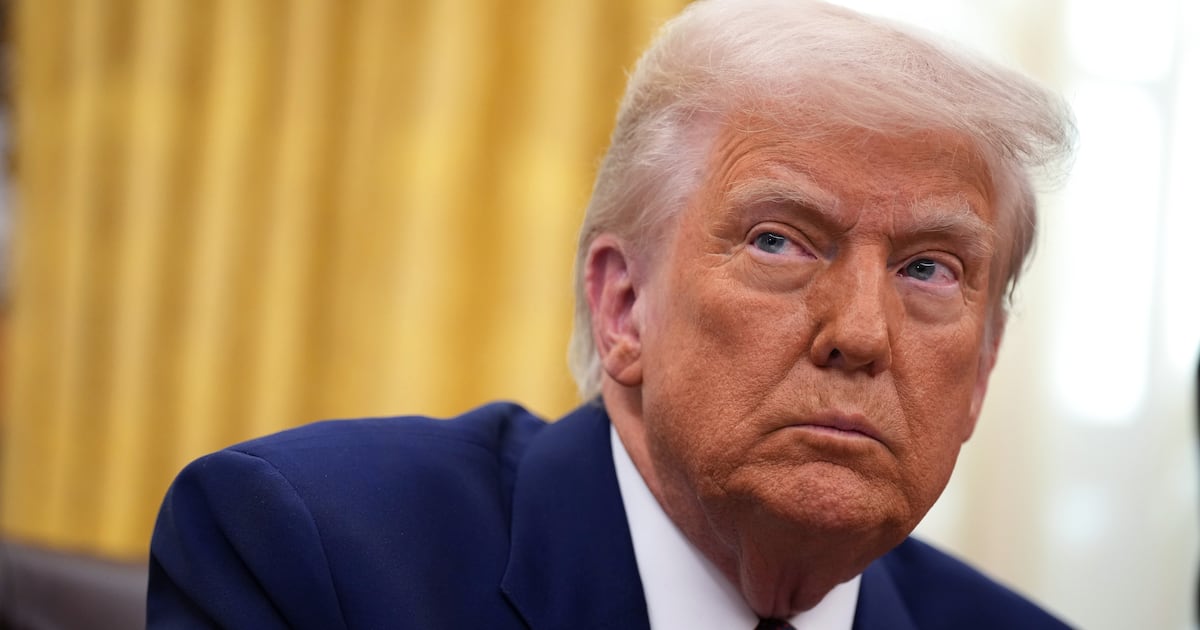You didn’t expect us to just let Uncle Joe coast to victory, did you? Where’s the fun without the Sturm und Drang?
In case you missed it, a media narrative developed this week to give pragmatic Democrats something new to worry about: Joe Biden’s “enthusiasm gap.”
The story goes like this: “He’s dominating in the polls, his fundraising is going gangbusters and he’s showing broad support from key political players in the early presidential states,” observed Politico this week. “So where are the big energetic crowds, the lines around the block to get into Joe Biden’s events?”
This raises several related questions: (1) Do large crowds correlate to winning, (2) should Joe Biden worry about the absence of large crowds, and (3) could said worrying be counterproductive?
To be sure, presidential winners—Donald Trump and Barack Obama—generate large, excited crowds. The trouble is, so do the losers (sometimes). Bernie Sanders, Ralph Nader, and Ron Paul all generated large, enthusiastic rallies.
In 2004, a crowd estimated to be between 80,000 and 100,000 turned out for John Kerry in Philadelphia (Bill Clinton was on stage with him that day). Please note that none of the candidates I’ve mentioned thus far won their elections.
Merely drawing a crowd is not sufficient to win―but is it a vital ingredient?
Crowds are great, inasmuch as they suggest excited supporters who will ultimately vote (and possibly allow you to collect SMS text message data to help ensure they do vote). But they should be seen as a means to an end—not the end.
What really matters is voter turnout. And here, there is a threshold. If a Trump voter and a Biden voter both show up on Election Day, it doesn’t matter how excited they are about their respective candidate—nor does it matter if either attended a rally.
To some extent, large crowds are really about optics. They mostly matter because we think they matter. Unlike more ephemeral types of voter contact (which can fly under the radar) or ways to gauge a campaign’s progress (like polling), rallies are tactile and tangible. You can see them, touch them, photograph them…experience them. And this leads to a lot of anecdotal analysis.
Consider this tweet from reporter Bob Costa, regarding a 2012 Romney rally in Pennsylvania that drew more than 30,000 attendees: “[M]y mother is at the Bucks County Romney rally. Says she has never seen a crowd like this. Dwarfs the Bush '04 rally crowd at the same farm,” he tweeted. “‘The rally doesn’t even start for hours, but it feels like a Republican Woodstock.’ — my mom, calling from Yardley, PA, a swing area,” he continued. This is not to pick on Costa, a fine reporter. We have all sent these kinds of tweets. But in the end, Mitt Romney won neither Pennsylvania nor the election.
To be honest, the media’s focus on crowd size reminds me a bit of the baseball scouts in Moneyball who were obsessed with things like a player’s swing—or how attractive his girlfriend was. These things could be byproducts of a confident player, but they are not the best metrics to utilize if you want to win ball games.
This brings us to our last question, which is: Does size matter? And should Biden worry about it?
I’ve long argued that modern presidents (think Reagan, Clinton, Dubya, Obama, and Trump) need to be stars, and—to paraphrase Obama’s old remark about Hillary Clinton—Joe Biden is exciting enough. With his aviator sunglasses and the swagger, he’s certainly not in the same snooze camp as Mondale, Dukakis, or Kerry. And since some of his appeal is predicated on a return to normalcy, the notion that Biden should worry about filling an auditorium seems misguided.
Still, perception is reality, and negative reports about momentum and enthusiasm can become self-fulfilling prophesies. As such, it is tempting to let the media be your campaign strategist. That’s why it’s important to consider the consequences.
Sometimes a candidate who is suffering from an excitement gap will feel the need to shake things up. Let’s take, for example, John McCain’s selection of Sarah Palin in 2008 to help mitigate Obama’s celebrity status. “Beginning with her announcement as his running mate last Friday in Dayton, Ohio, McCain has drawn more enthusiasm and packed in more people to his events than at any time during his campaign,” noted Politico in September 2008. I don’t think Palin cost McCain the election, and it’s clear his candidacy was in need of a “game-changing” pick to excite the Republican base.
My worry for Biden is that—if this narrative becomes a meme (and there will be opportunity for that to happen when Trump and Biden both appear in Iowa on the same day in June)—the mockery could impact Biden’s campaign strategy. At the very least, one could imagine a scenario where Biden’s campaign manager now begins each day with a list of 10 strategic things that Biden has to accomplish that day to win—and a list of 10 things Joe Biden thinks he has to accomplish to fill up auditoriums (both lists being equally important).
Instead, Biden should heed the advice smart pols have given to more than one fresh-faced candidate running for school board or state rep. If a supporter comes up to you and complains that you don’t have enough yard signs in their neighborhood, thank them and be polite―and then promptly ignore everything he or she said.
There’s a line in Moneyball, where Billy Beane (played by Brad Pitt) declares, “The fans don’t run my ball club.” My advice to Team Biden is to remember that the fans don’t run your campaign. Biden has to run his race. Let Biden be Biden!






